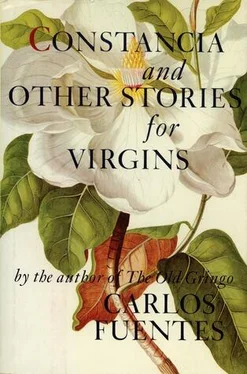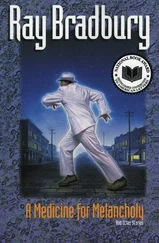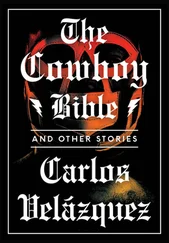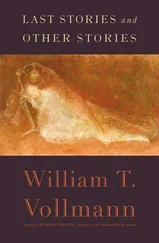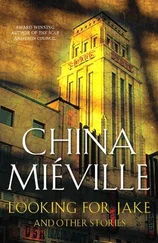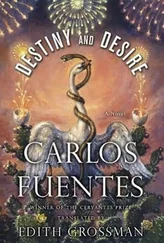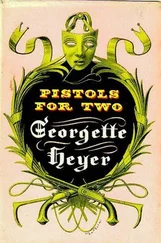It was a photograph, like the ones we kept in our house on Avenida Nuevo León, a photograph she may have kept in the drawer in a secret bathroom decorated with a floral pattern with frogs set in the bathtub, exposing it to moisture, perhaps in the hope that the steam would erode the image away, as the sea breeze eroded the statues on Wells Cathedral.
… Mackintosh; the Teatro Olimpico; Monticello; the house abandoned by the Gameros family in Chihuahua at the beginning of the Revolution: Santiago and I recalled all those, and out of our love we shaped the single, unbending resolve of discovering an architecture that would contain all those places that we explored in an effort to prevent their death, to keep them alive at any cost, or to bring new life to them, make them fertile again, brothers, as if houses were living bodies, with flesh, viscera, memories …
It was a photograph of the young architect Santiago Ferguson, instantly recognizable, holding the pudgy hand of a child with black bangs and deep-set eyes that had not yet known passion or remorse, the emotions that we saw now in the dark eyes our unattainable beloved raised to us.
The father was standing, holding the hand of the child, who was sitting in the lap of a dark woman dressed in a black forties-style suit, with the open-collar piqué blouse and padded shoulders that have been revived in current fashion; she was gazing intently at the child. The woman had a noticeable mustache on her upper lip, and a mole on each of her temples. She had a dusky face.
— Is she dead? asked Carlos María after a long pause.
— No, said Catarina, she is being taken care of. It’s for her own good. I am telling you because it’s our responsibility to keep her isolated, secure. Nobody must see her.
— Ah. We may never see her? Is that an absolute prohibition?
— Not everyone can be granted that privilege. Catarina smiled. On altars, perhaps, you may see her.
— And in memory.
— When memory comes fully to life, it can be an aberration or a crime. On altars — Catarina repeated — there, perhaps, we may see our mother.
— Not here. There are no Virgins on Protestant altars. Why did Santiago Ferguson choose this place to die?
— As you say, perhaps he felt that something was missing here. Perhaps he felt that there was a place for him in this cathedral. Perhaps this is the place that contains all others, or the place that excludes all others. Either way, he may have felt that this was the ideal architecture he had been seeking all along, an architecture without the burden of the maternal image. Santiago Ferguson was explicit about that. But if he wanted a resting place without Virgins, he could not wish for a place where bodies separated by death are reunited. We must respect his wishes. He wanted, really, to rest in peace.
— You loved him, truly, José María dared to say.
— I loved Santiago Ferguson, but not our father, Catarina replied.
— No, our father died very young, when you were a child.
Then, children of dark, loving parents, offspring of their dark love, of love between friends, we took each other’s hands and walked away, vowing never to reveal what we now knew, what denied her brothers the intimacy of Catarina’s body, what gave that right to Santiago Ferguson, what denied the death in childbirth of the fair María del Moral, or what opened the empty page of the mystery of her death, what removed Catarina’s mother from the world forever, our mother, lover of our father, the architect affectionately known as “The Negative,” our mother, shut away to protect the friendship between families, the memory of the father, or the love of Santiago and Catarina. We silently vowed never to speak of these things. We would never mention what gave our teacher the right to do what we could never do, condemning us to the separation of being three, not one, never one, and of never repeating what we saw and experienced separately, yet what brought us together, holding each other’s hands, in passionate humility before the mysteries of life.
We left Wells Cathedral, each of us knowing that we could return only when we again had a thirst for miracles, and that our newfound kinship would depend on our continuing to believe in the miracle of the others. Apart from that, to all appearances, we would continue to be “reasonable people.”
At that moment we lost the possibility of the couple, but we gained, behind the multitude of our ghosts, a fraternal trinity. Carlos María, José María, Catarina.
Had that been Santiago Ferguson’s secret wish, after all?
3
Again last night the glow appeared.
Doña Heredad Mateos arrived at the convent hidden in Calle José María Marroquí, and in the hot white bathroom where the steam formed drops on the dried-up, wrinkled backs of the frogs, she presented to the woman who had just given birth an old patched wedding dress, which the old seamstress’s art had made like new: pearls, organdy, and a whiff of naphthalene. The nuns thanked her for the gift and placed it, as though to try it on, over the stretched-out body of the woman who had just given birth, who did not smile. The mask of her immobile face, embellished only by the hair on her upper lip and the moles on her temples, broke as she asked, again, why the birth was a miracle the first time and now, the second time, it was a sin. The seamstress said she didn’t know anything about that kind of thing, it was beyond her, all she had was faith. And, as always, she would gladly take care of the child. Yes, it was better, as always, for the father not to know about the child. She would take care of him.
— What a good idea it was to build this temascal —said Doña Heredad, looking around at the steamy white bath. — It’s good here — she said tenderly to the woman who had just given birth.
Then the old seamstress, dressed in black, with her long skirt, her rebozo, her cotton stockings and flat shoes, took the baby and placed it in her crude multicolored shopping basket, hailed a bus on Artículo 123 and, after a long ride through the city of sorrows, got off on the broad avenue of La Esplanada, in Las Lomas de Chapultepec.
There, with the shopping basket in her hand, she went patiently from door to door, from one luxurious residence to another, requesting “an offering for this poor mother,” and receiving, from time to time, a bottle of lemonade, the leftovers from a banquet, fried pork or seafood, dry tortillas, a bit of tossed salad. The assiduous woman placed it all in her basket, indifferent to the sounds of cars and trucks and helicopters and motorcycles; oblivious to the black clouds of exhaust fumes, because she knew that none of that affected the child; this child was born without lead in his lungs; each year when he was born, the child was saved from stain, sickness, and death. Presenting him at the doors of Las Lomas, Doña Heredad was oblivious to the noise and pollution. She received alms, but her memory went far beyond the limit of her travails, and in her head she heard the ancient sounds of organ-grinders, itinerant venders, old-clothes sellers, and knife sharpeners filling the ever-expanding, ever more immense terrain of the oldest city of the New World — another city, murmured Doña Heredad Mateos to herself, a pure city, in whose houses the living could rejoin the dead, a small city where people could tell their stories, a city of faith where miracles occurred, even if reasonable people never understood, said Doña Heredad, asking charity for the god child, charity for the newborn, showing the foam-rubber doll with his golden curls and his blue eyes and his white gown with gold edging and his bloody fingers — charity, charity for the child.
Varaville, Normandy, Easter 1987
Читать дальше
